
Shrink film packaging, finds widespread use across various industries and applications. Its unique ability to conform tightly to products when heated makes it an ideal choice for packaging, protection, and branding purposes.
One trend that has gained significant traction in recent years is the shift to Post Consumer Recycled (PCR) shrink film. As sustainability concerns continue to play a crucial role in business operations, companies are actively seeking eco-friendly alternatives that align with their environmental objectives.
When it comes to PCR shrink film, it's important to note that slitting this material poses certain challenges that may not be encountered when working with standard shrink film. Fortisblades has the Fortis+ razor blade series available to tackle these challenges.
Why is PCR Shrink Film Harder to Cut?
Composition of the Film
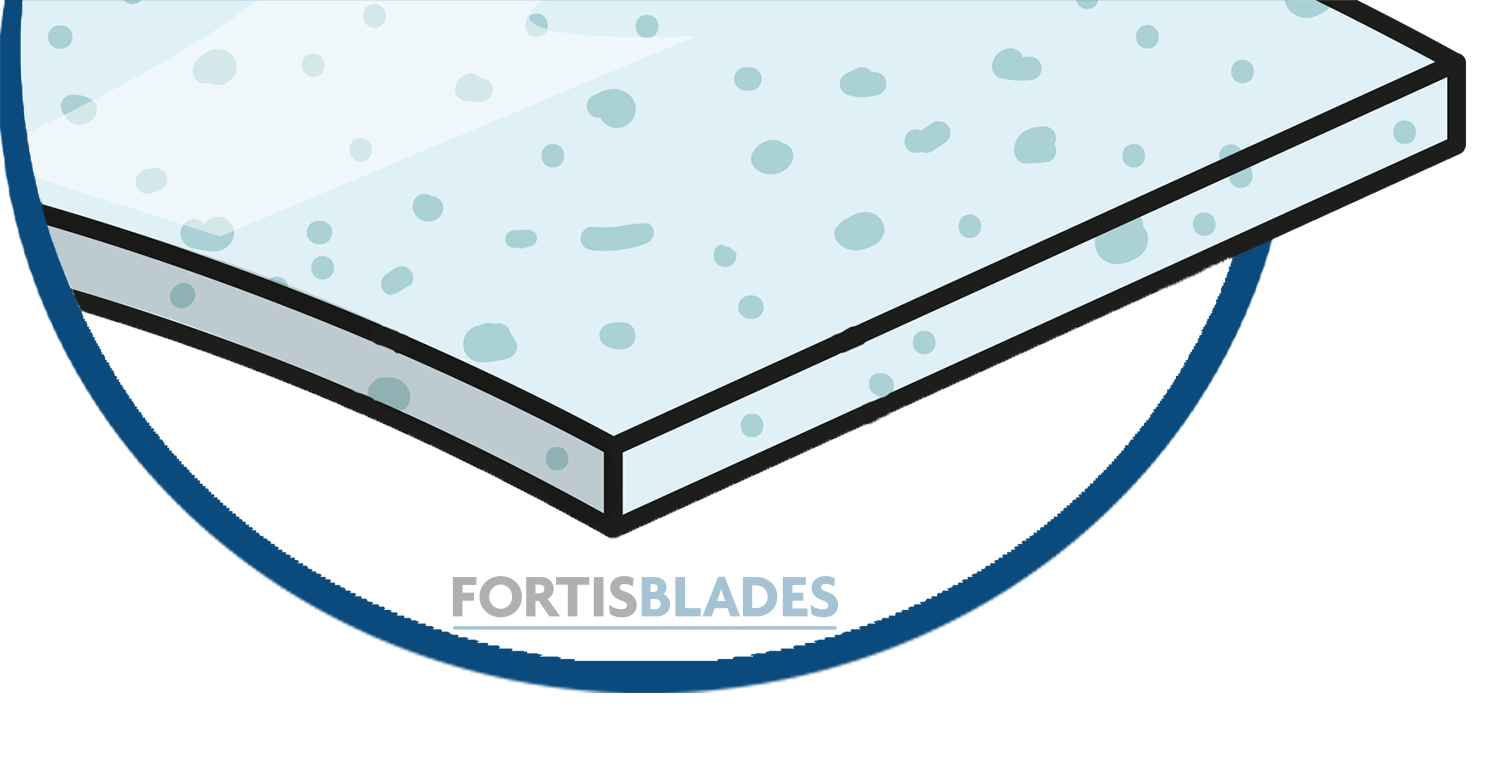
Use of PCR must be combined with thinner film gauge (25µm vs 40-60 µm) offering ecological and financial advantages.
Reuse of mechanical PCR PE material comes with a compromise : the structure is less strong and contaminated with impurities, causing gel cluster formation in the film and more abrasive wear on the blade.
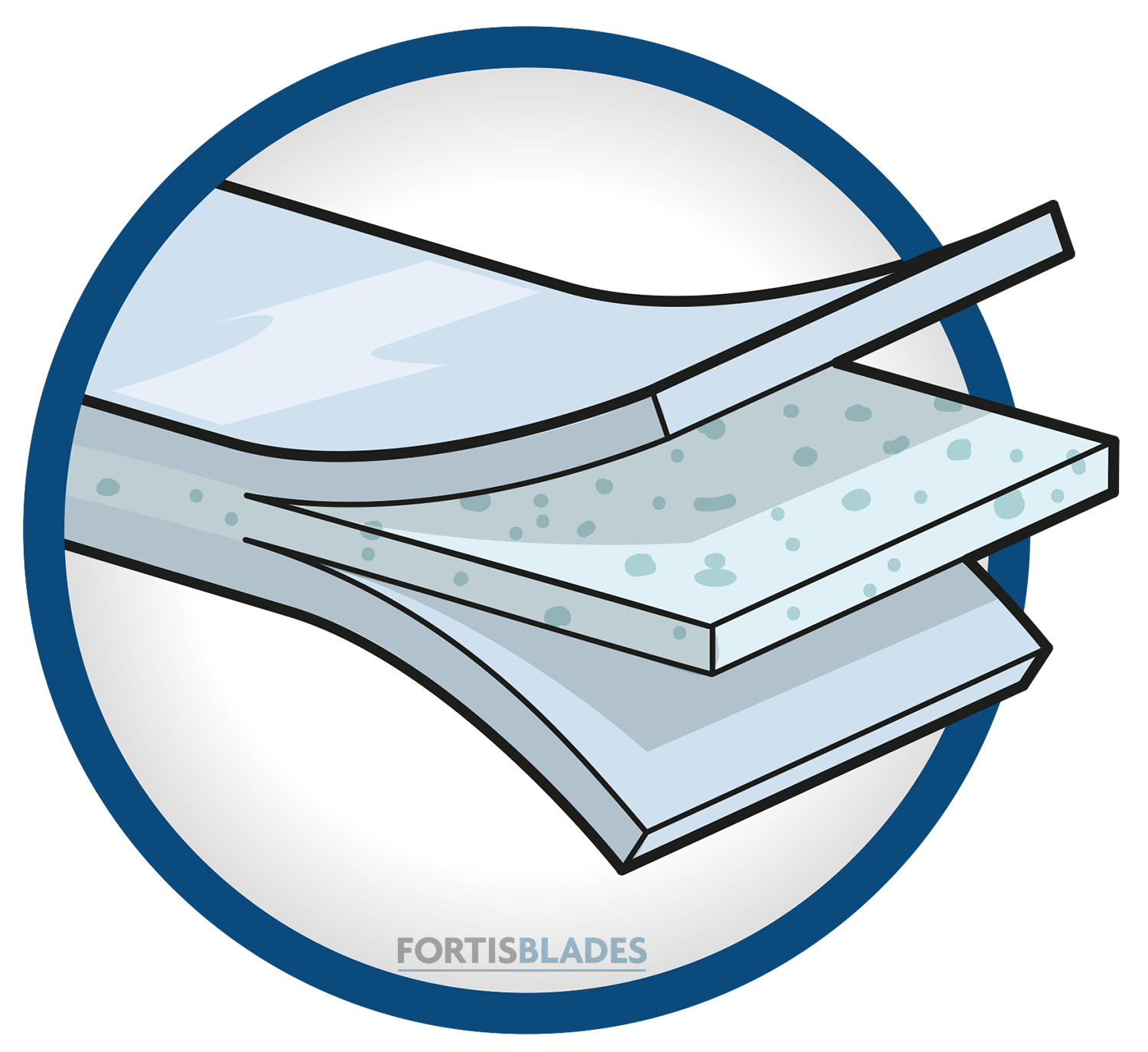
To maintain load capacity of the PCR shrink film, the use of coextruded resilient outer layers (made out of so called ‘booster resins’) is widespread. Often resulting in a three-layered structure, with two reference layers and a central recycled layer. These outer layers cause an important adhesive wear on the blade.
- Very thin film
- Impurities causing gel formation
- Resilient outer layers
Slitting Issues Causing Scrap and Downtime
Abrasive wear: The gel formation in PCR foil create hard particles that impact the blade at a high velocity, creating erosion-like wear.

Adhesive wear: The coextruded resilient outer layers create more friction between the film and blade. These solid bodies are in sliding contact and result in adhesive wear of the razorblade.
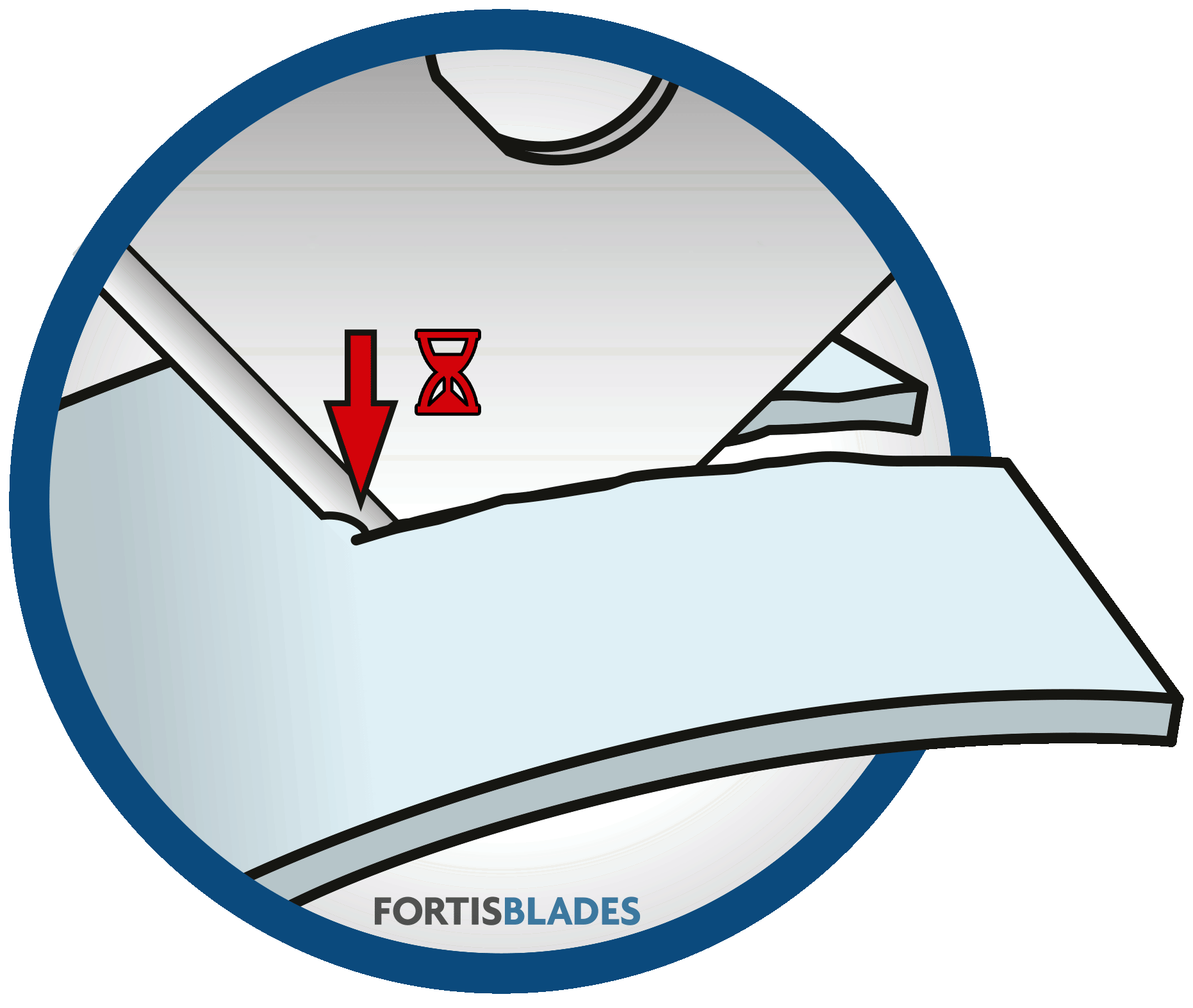
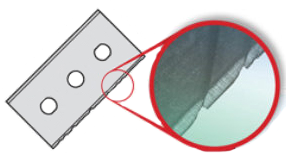
The final material combination of PCR shrink film causes increased adhesive and abrasive wear on the cutting blade. Causing the lifetime of the blade to decrease dramatically and a higher risk of unplanned downtime.
- Poor slit quality and scrap
- Decreased blade lifetime
- Unplanned downtime
Best Practices for PCR Shrink Film Slitting
To ensure an uncompromising performance that effectively navigates the complexities of PCR film, it is vital to equip your operations with durable, and high performing razorblades - a necessity where Fortisblades stands unrivalled.
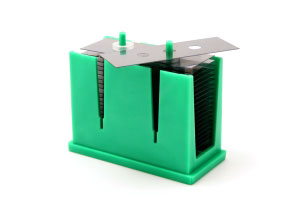
Razor Blade Selection for PCR Film Slitting
Our Fortis+ razor blades meet the intense demands of resilient PCR film slitting. Our alloyed knife steel combined with an extreme hard coating structure give it unparalleled resistance to abrasive wear, increased blade longevity, and an ability to provide consistent slitting quality. Our Fortis+ range offers the optimal solution to the unique challenges posed by PCR foils.
Our team is at your disposal for any inquiries or further information regarding the Fortis+ product line and its suitability for your specific application needs. Order your Fortis+ razor blades samples, and experience an improvement in your operations' efficiency and profitability.